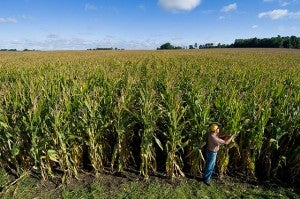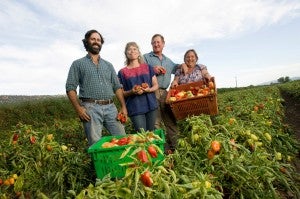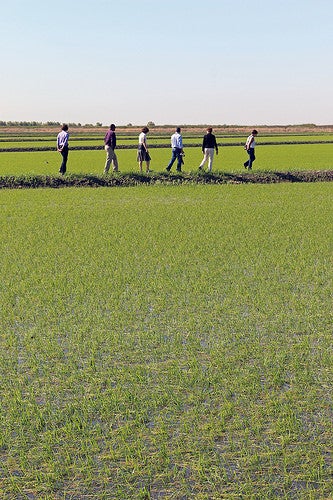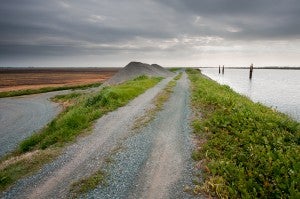 Earlier this month, the USDA authorized nearly $400 million in federal funds through the Regional Conservation Partnership Program (RCPP) to improve soil quality, water quality and quantity, and wildlife habitat.
Earlier this month, the USDA authorized nearly $400 million in federal funds through the Regional Conservation Partnership Program (RCPP) to improve soil quality, water quality and quantity, and wildlife habitat.
The program funded 115 initiatives covering a wide range of conservation benefits, from improving wildlife conservation efforts in California’s ricelands to reducing fertilizer runoff in the Mississippi River Basin.
These projects demonstrate that by prioritizing spending of conservation dollars on projects where large numbers of farmers are committed to cooperative conservation, we can avoid the need for costly regulatory programs. Read More













